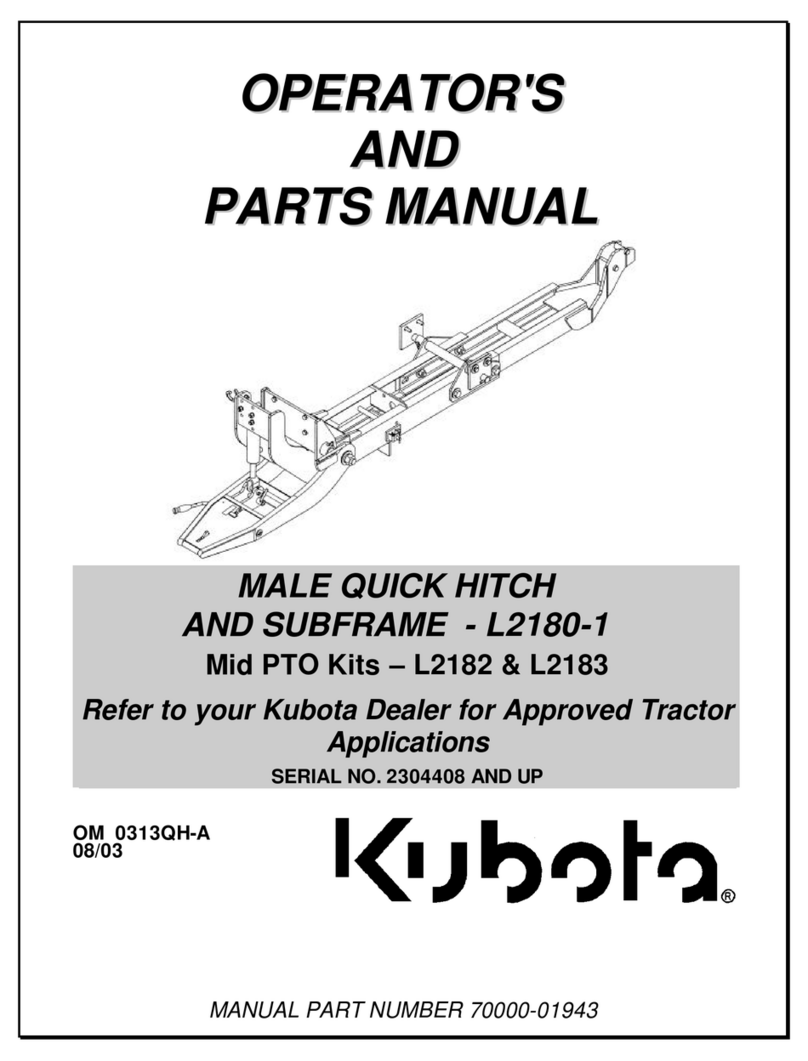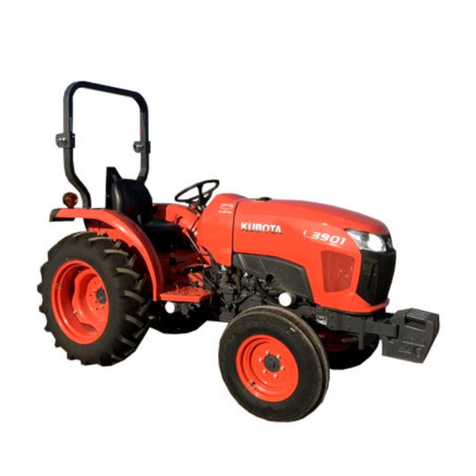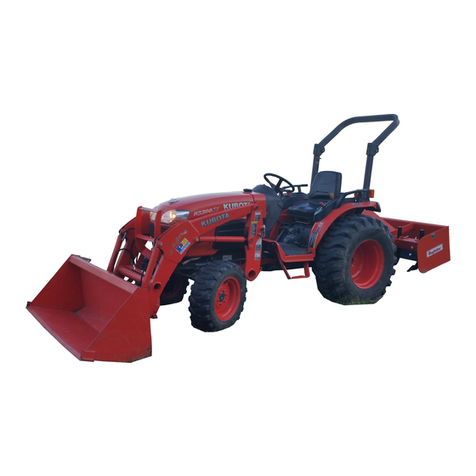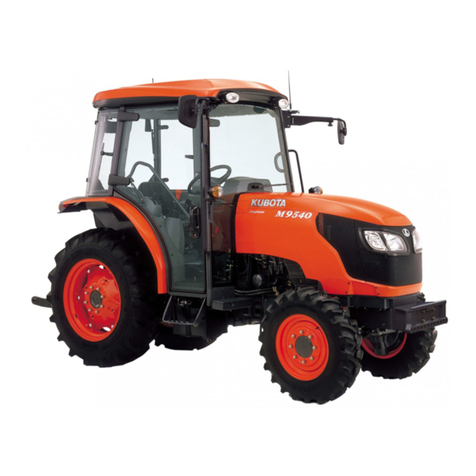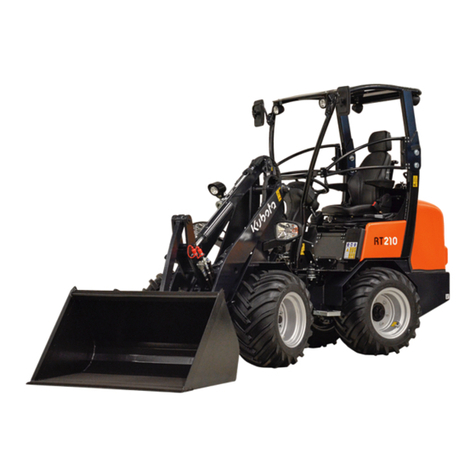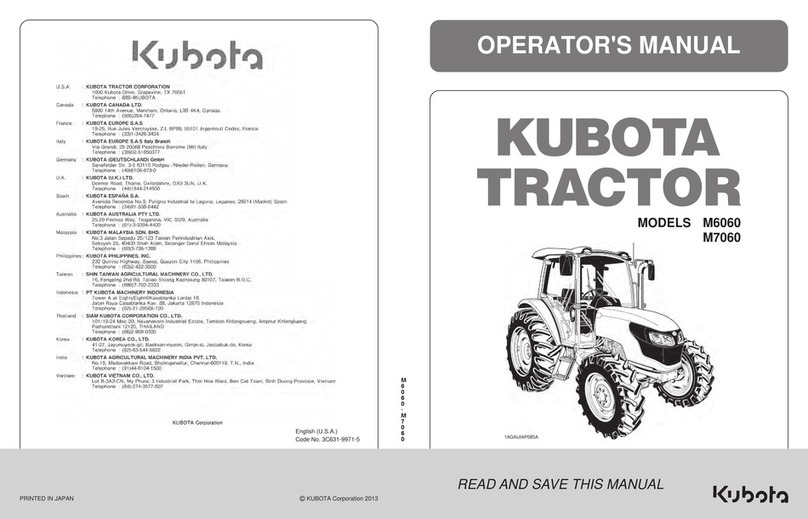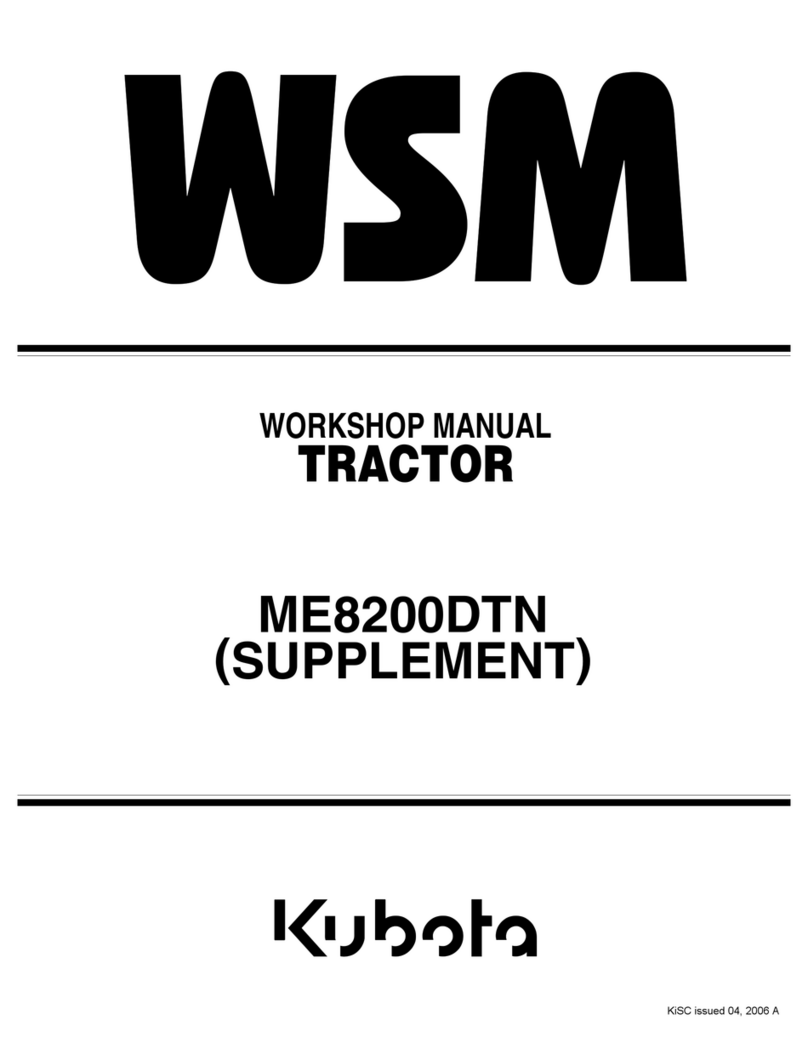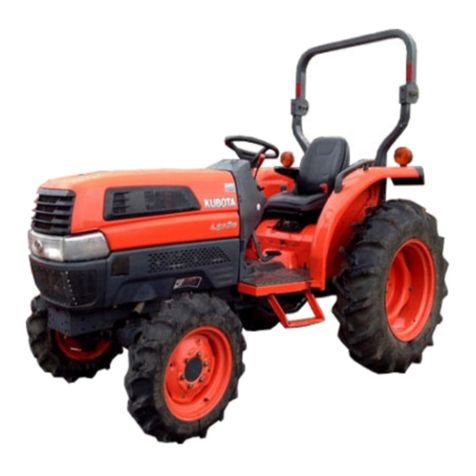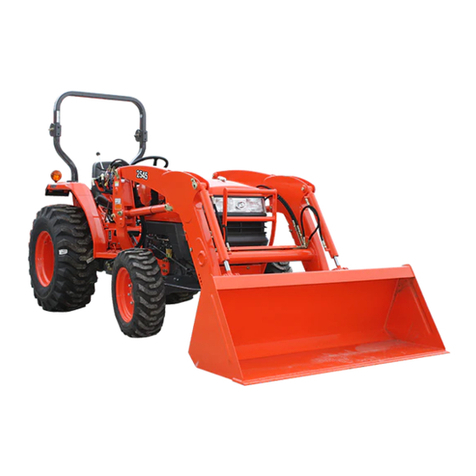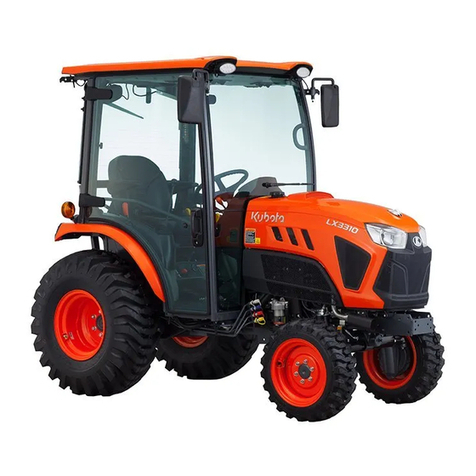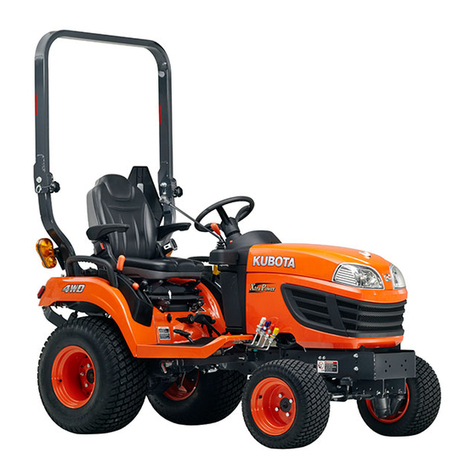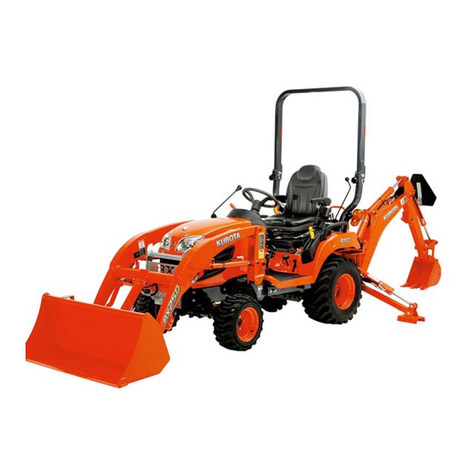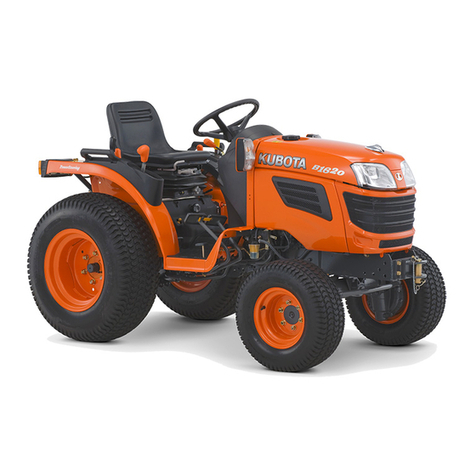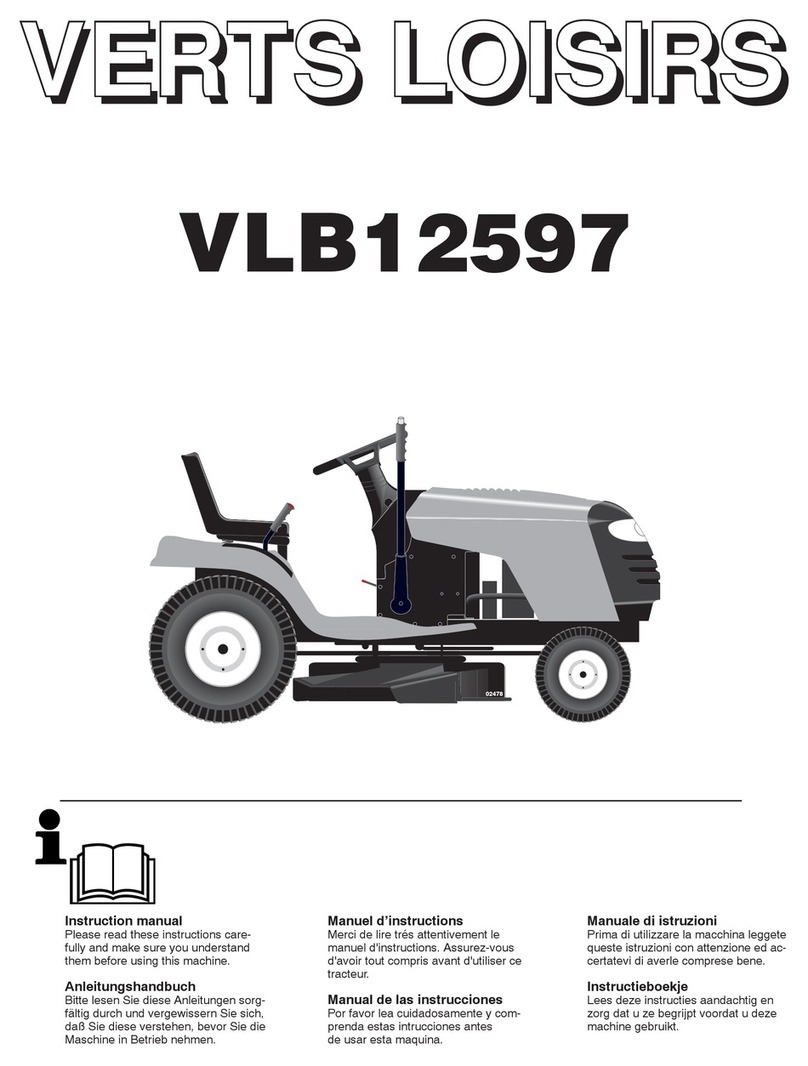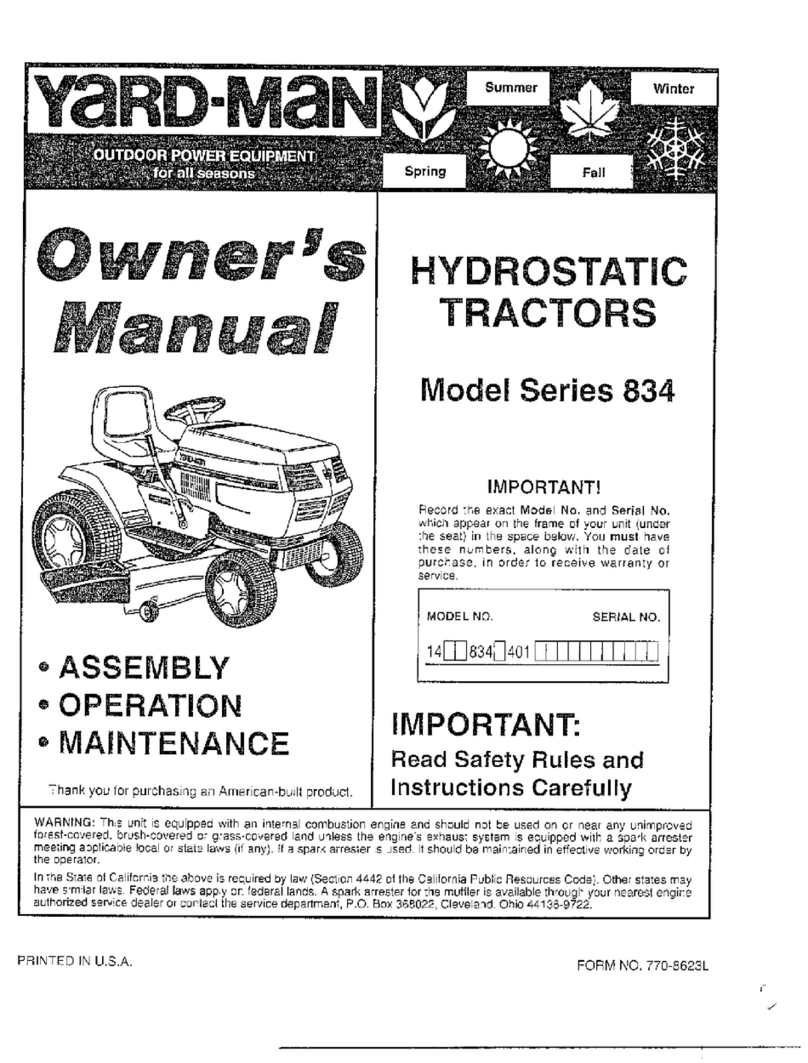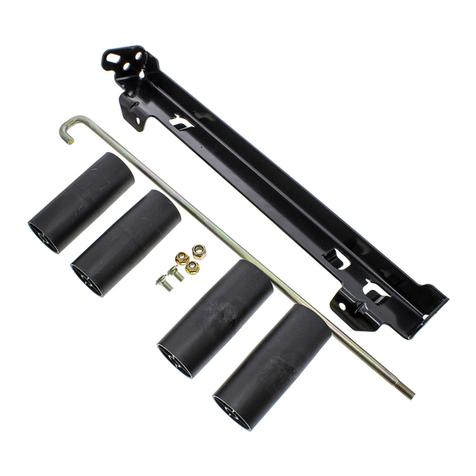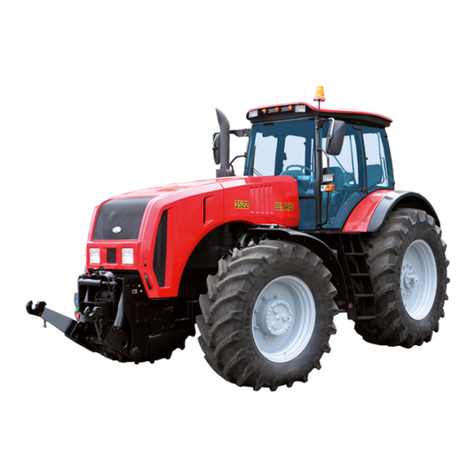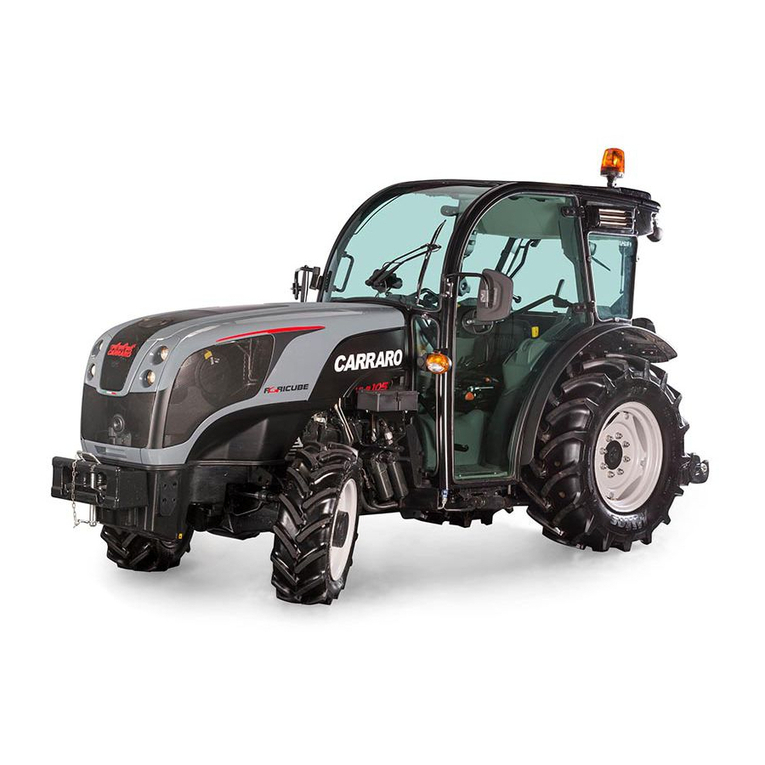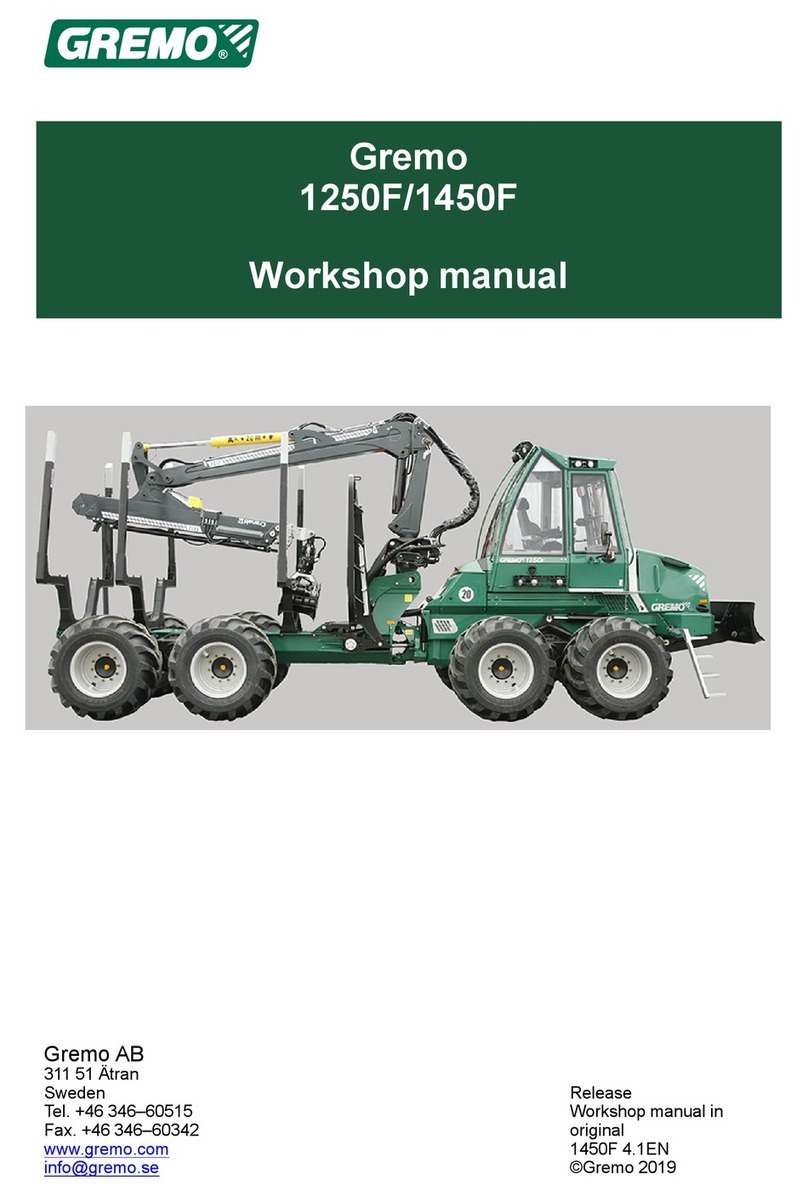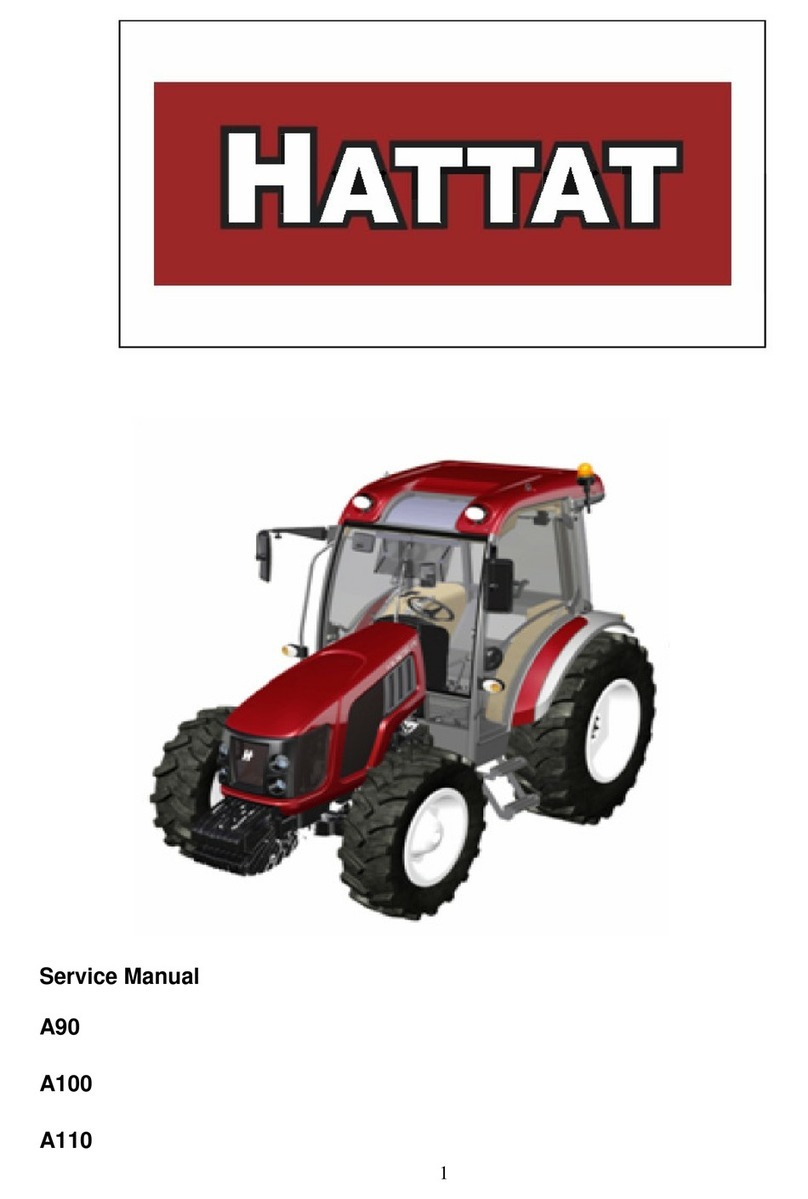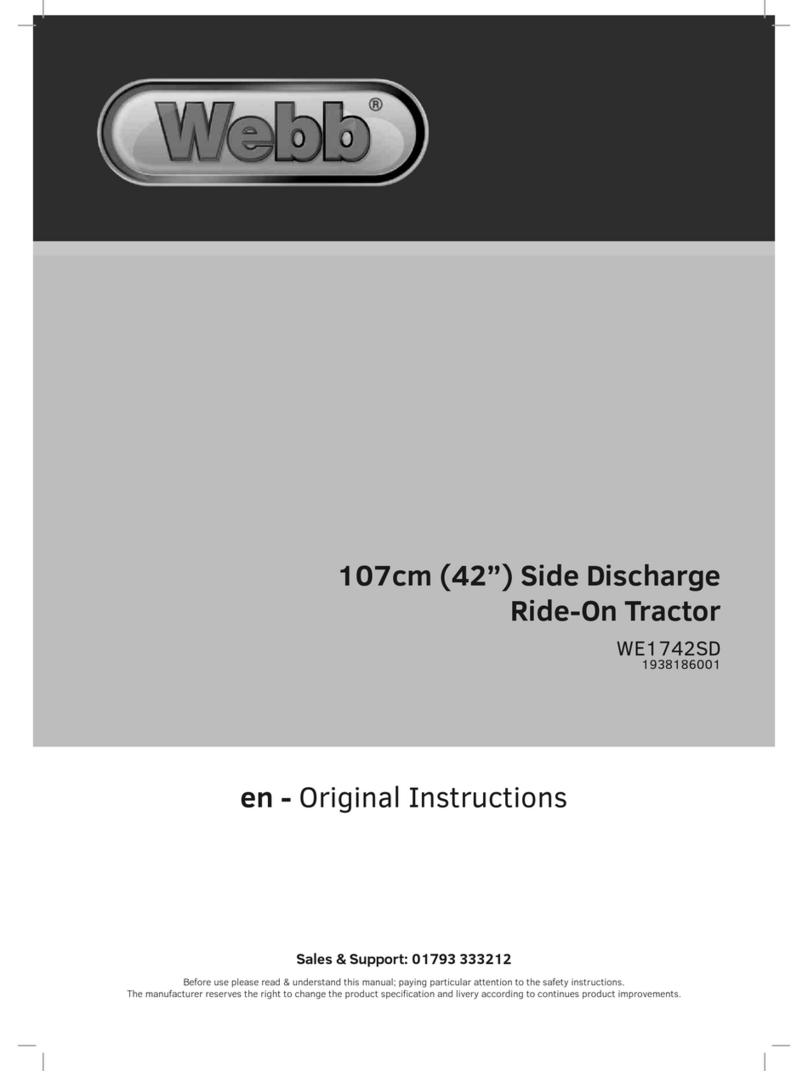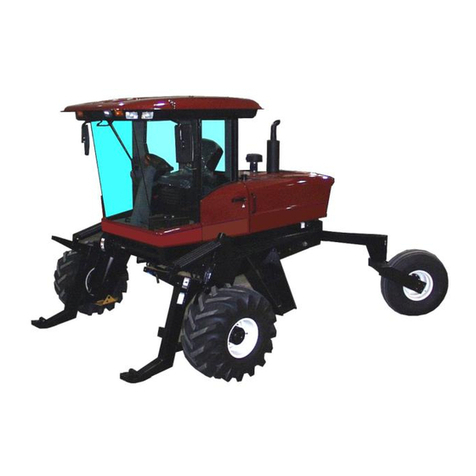
1. Remote control valve (if equipped)............................................................................................................ 69
2. Remote control valve lever (if equipped) ................................................................................................... 69
3. How to use the remote control valve coupler (if equipped) ....................................................................... 70
4. Hydraulic control unit use reference chart ................................................................................................. 71
TIRES, WHEELS, AND BALLAST............................................................................................72
TIRES.................................................................................................................................................................. 72
1. Inflation pressure of tires ........................................................................................................................... 72
2. Dual tires ................................................................................................................................................... 72
WHEEL ADJUSTMENT ...................................................................................................................................... 72
1. Front wheels with 4-wheel drive ................................................................................................................ 72
2. Rear wheels............................................................................................................................................... 74
2.1 Adjusting the rear wheels................................................................................................................... 75
BALLAST ............................................................................................................................................................ 75
1. Front ballast............................................................................................................................................... 75
1.1 Front end weights (option) ................................................................................................................. 75
2. Rear ballast ............................................................................................................................................... 75
2.1 Rear wheel weights (option)............................................................................................................... 76
3. Liquid ballast in rear tires........................................................................................................................... 76
MAINTENANCE.........................................................................................................................77
SERVICE INTERVALS TABLE............................................................................................................................ 77
LUBRICANTS, FUEL, AND COOLANT .............................................................................................................. 79
PERIODIC SERVICE .................................................................................................................81
OPENING THE HOOD........................................................................................................................................ 81
DAILY CHECK .................................................................................................................................................... 81
1. Walk around inspection ............................................................................................................................. 81
2. Checking the fuel tank and refueling ......................................................................................................... 81
3. Checking the engine oil level..................................................................................................................... 82
4. Checking the transmission fluid level ........................................................................................................ 82
5. Checking the coolant level......................................................................................................................... 83
6. Cleaning the grill, the radiator screen, and the oil cooler .......................................................................... 83
7. Checking the brake pedals and the clutch pedal....................................................................................... 84
8. Checking the gauges, the meters, and the Easy Checker™...................................................................... 84
9. Checking the head light, hazard light, and so on....................................................................................... 84
10. Checking the seat belt and the ROPS..................................................................................................... 84
11. Checking the movable parts .................................................................................................................... 84
SERVICE EVERY 50 HOURS ............................................................................................................................ 85
1. Lubricating the grease fittings.................................................................................................................... 85
2. Checking the engine start system [Manual transmission type].................................................................. 85
3. Checking the engine start system [HST type] ........................................................................................... 86
4. Checking the wheel bolt torque ................................................................................................................. 87
SERVICE EVERY 100 HOURS .......................................................................................................................... 87
1. Cleaning the air cleaner primary element [Double element type].............................................................. 87
2. Cleaning the fuel filter................................................................................................................................ 88
3. Adjusting the fan belt tension .................................................................................................................... 88
4. Adjusting the clutch pedal.......................................................................................................................... 89
5. Adjusting the brake pedal .......................................................................................................................... 89
6. Checking the battery condition .................................................................................................................. 89
SERVICE EVERY 200 HOURS .......................................................................................................................... 90
1. Replacing the engine oil filter .................................................................................................................... 90
2. Changing the engine oil............................................................................................................................. 91
3. Replacing transmission oil filter [HST type only] ....................................................................................... 91
4. Checking the toe-in.................................................................................................................................... 92
4.1 Adjusting the toe-in ............................................................................................................................ 93
SERVICE EVERY 400 HOURS .......................................................................................................................... 93
1. Changing the transmission fluid, replacing the hydraulic oil filter, and cleaning the magnetic filter .......... 93
2. Replacing the fuel filter element ................................................................................................................ 94
